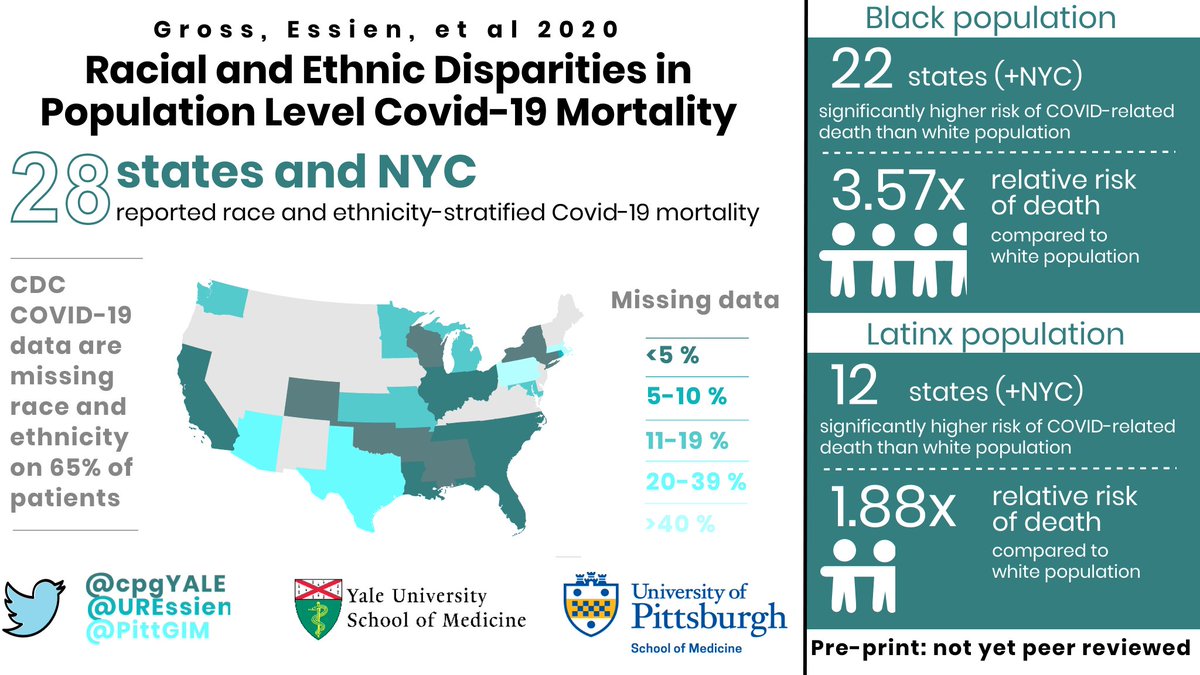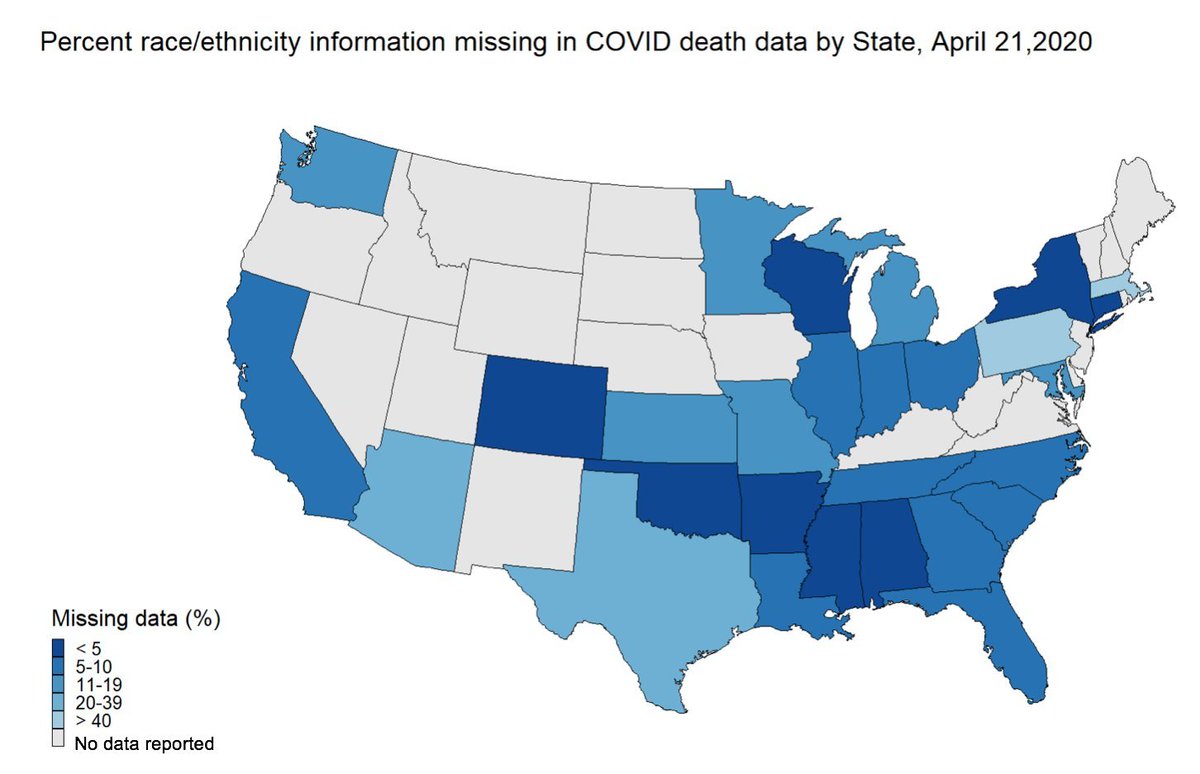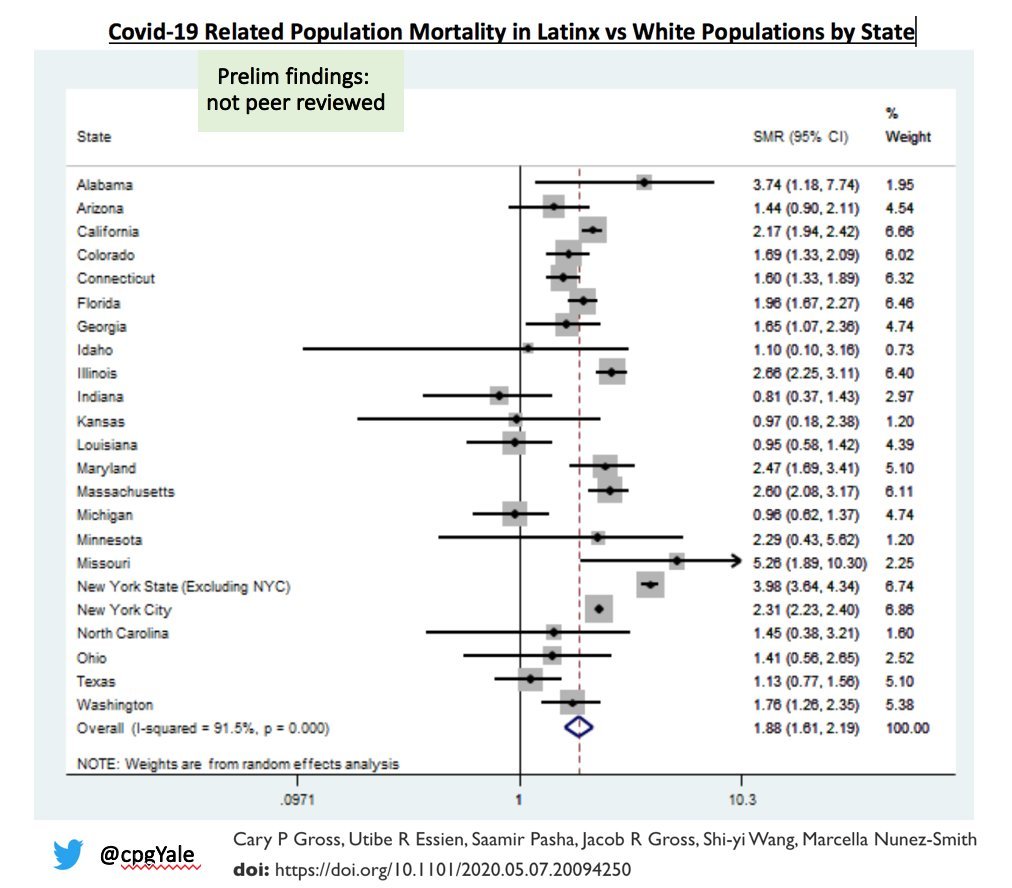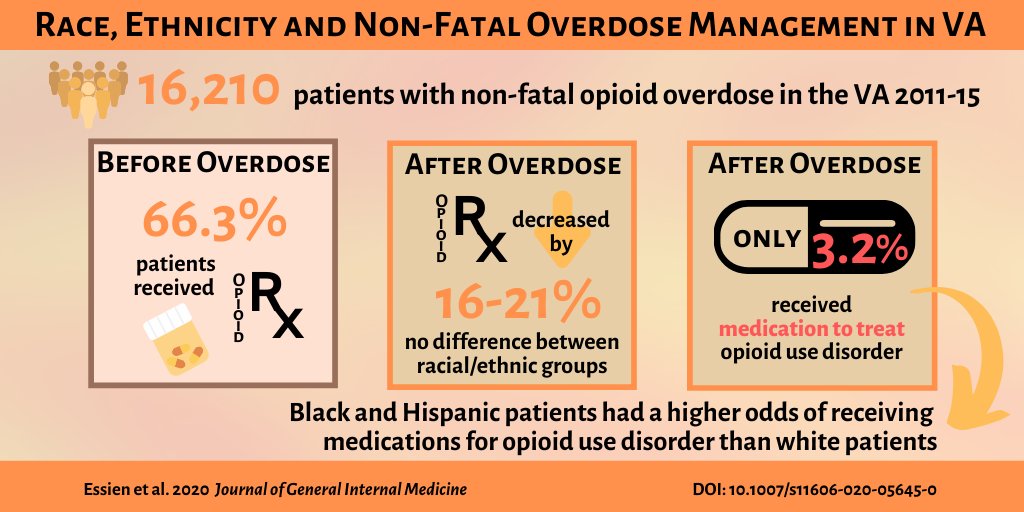
Inpatient Lesson of the Day 7:
I remember the findings from this 2018 @NEJM study that aspirin ⬆️ bleeding risk but didn't ⬇️ CVD risk in the elderly.
What I didn't remember is that "elderly" was defined as >70 for White and >65 for Black/Hispanic.
🧵1/ nejm.org/doi/10.1056/NE…
I remember the findings from this 2018 @NEJM study that aspirin ⬆️ bleeding risk but didn't ⬇️ CVD risk in the elderly.
What I didn't remember is that "elderly" was defined as >70 for White and >65 for Black/Hispanic.
🧵1/ nejm.org/doi/10.1056/NE…
According to the study Supplement, the following eligibility criteria were provided:
"...the age differential was permitted to ensure that Black and Hispanic populations could be represented in the trial, given evidence of higher burden of disease necessitating aspirin use." 2/
"...the age differential was permitted to ensure that Black and Hispanic populations could be represented in the trial, given evidence of higher burden of disease necessitating aspirin use." 2/
According the study design manuscript, "minority recruitment has been challenging due to a ⬇️ number of minorities w/o prior cardiovascular events, disability or dementia, who are not taking aspirin, and a reluctance to cease aspirin..." 3/
ncbi.nlm.nih.gov/pmc/articles/P…
ncbi.nlm.nih.gov/pmc/articles/P…
"In addition, after an NIH moratorium on recruiting US Caucasians was enacted in 2011, there was increased hesitancy expressed by minorities regarding why ASPREE was only recruiting minorities..." 4/
ncbi.nlm.nih.gov/pmc/articles/P…
ncbi.nlm.nih.gov/pmc/articles/P…
"Facilitation of US minority participation led to a differential age inclusion criterion... due to a ⬆️ prevalence of exclusion criteria, a survival disadvantage and greater risk of other elements of the primary composite endpoint in minorities compared with non-minorities." 5/
In summary, the age-limit, a key outcome of this study was set lower for minority patients because they had:
1. ⬆️ baseline CVD
2. ⬆️ death from CVD
3. ⬆️ hesitancy to join the trial
Achieving #HealthEquity will be impossible without creative & multidisciplinary strategies. 6/6
1. ⬆️ baseline CVD
2. ⬆️ death from CVD
3. ⬆️ hesitancy to join the trial
Achieving #HealthEquity will be impossible without creative & multidisciplinary strategies. 6/6
P.S. What do these data mean for clinical care?
Should I discontinue aspirin in a Black/Hispanic patient >65 because it was too hard to recruit those patients?
Or because those patients have been shown to die earlier?
Are there really two standards for “elderly” in the U.S.?
Should I discontinue aspirin in a Black/Hispanic patient >65 because it was too hard to recruit those patients?
Or because those patients have been shown to die earlier?
Are there really two standards for “elderly” in the U.S.?
• • •
Missing some Tweet in this thread? You can try to
force a refresh







